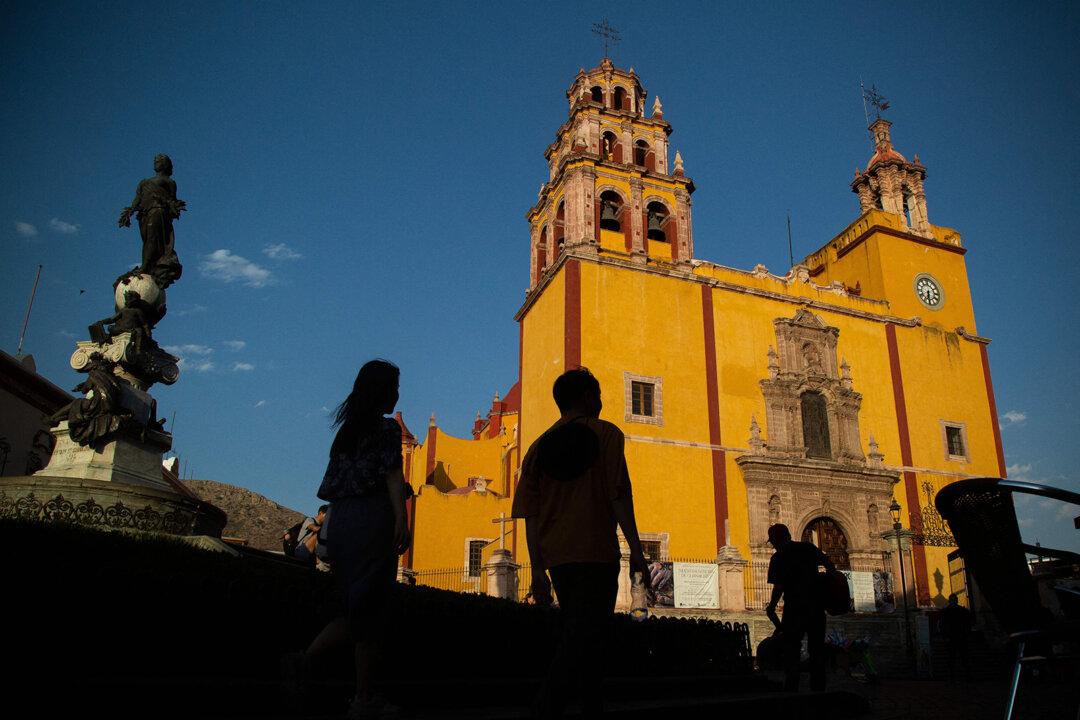Mexico City—This is the real-talk portion of your guide to Mexico City.
First, a note about the city’s name. In 2015, city think-ocrats initiated a global rebranding for Mexico’s capital. It lost its designation as a Federal District (akin to District of Columbia), and became simply Ciudad de México, but crucially, the government began pushing a fresh text shorthand: “CDMX.”
Though “CDMX” has fully entered mainstream discourse, I remain part of the dwindling minority that avoids its use. I find the moniker so grating because it rolls off the tongue easily in English and a bit awkwardly in Spanish—a cutting clue for whom the rebrand was really targeting all along. In everyday conversation, you may still hear hard-core “chilangos” (slang term for Mexico City residents) stubbornly use “D.F.” (”deh efeh“) to refer to their city.
Now, to the tips.
1. The Monster That Hugs You
I must be blunt here. You see TikToks and listicles about Mexico City and it is always remarkable to me that none of its less attractive characteristics are acknowledged. And when you’re aware of even a fraction of the challenges and failures that still grip locals or cause them to flee the city altogether—in the environment, traffic, corruption, justice and accountability—it’s almost offensive.
Once you get out of the core between Centro and Polanco, the difficulties of life in Mexico will become stark. A lot has improved in the past few decades, yet class and social bubbles can deceptively make it seem like life here is a pageant of leafy plazas and guava pastries. The capital of Mexico is still fundamentally a dog-eat-dog sort of place, beset with persistent overlapping challenges. Most of its vast sprawl is as gritty as the outskirts of Buenos Aires and Bogotá, and as frequently unforgiving. However, this is a “monster“ that hugs you, dances with you and is a terrific drinking partner. Just keep your positionality in constant perspective.






